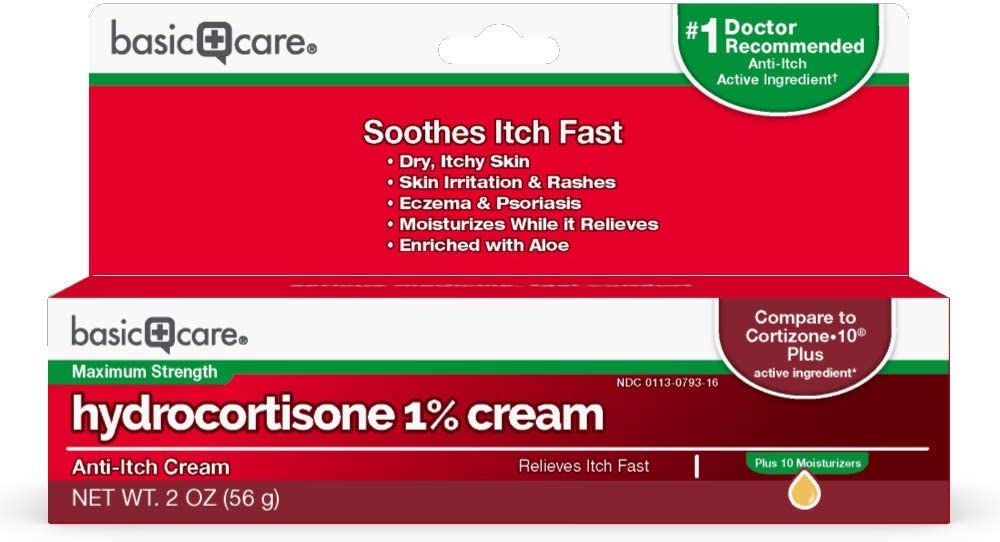You’ve spent a long day outside and start to notice an area of your skin turning red, swelling, and getting super itchy. There’s a solid chance you’ve made contact with poison ivy. Don’t freak out—according to Jeffrey Fromowitz, MD, a board-certified dermatologist in Boca Raton, Florida, it’s totally treatable and likely something you can do at home.
“A poison ivy rash is caused by contact with a certain family of plants that contain a chemical called urushiol,” says Dr. Fromowitz. “This chemical is an irritant to the skin and causes allergic contact dermatitis. Urushiol causes redness, swelling, severe itching, and if the swelling is severe enough, blister formation.”
You’ll usually notice a reaction 12 to 48 hours after exposure and it can last two to three weeks, according to Mayo Clinic. The severity of the reaction depends on how much urushiol you get on your skin. Treatment is relatively simple and can often be done at home. Learn how to treat a poison ivy rash below.
How to treat a poison ivy rash, according to a dermatologist
1. Wash the area immediately
Should you suspect that you touched poison ivy, Dr. Fromowitz says to wash the area with soap and water ASAP. If you have gloves (and aren’t treating position ivy on your hands) you can put them on to avoid spreading the urushiol
“Immediate and thorough washing can minimize the development of the skin reaction,” he says. Just be sure that this washing doesn’t happen during a bath. “Avoid baths as a way of washing off urushiol as you may expose unexposed areas of your body by soaking in the tub.”
2. Clean off contaminated objects
You’ll also want to wash any items that could have urushiol on them. “Clean contaminated objects with soap and water and wear gloves to prevent increased exposure to new areas,” says Dr. Fromowitz.
3. Treat the skin
Once your skin is nice, clean, and urushiol-free, Dr. Fromowitz says you can treat it with a barrier cream like the CeraVe Itch Relief Moisturizing Cream ($20), your go-to antihistamine, and/or hydrocortisone cream ($6).
This CeraVe cream contains one-percent pramoxine hydrochloride for fast-acting, long-lasting temporary itch relief, niacinamide to help calm skin, and hyaluronic acid to help retain skin’s natural moisture. Plus, like all CeraVe products, it contains three different ceramides to keep the skin barrier strong and protected.

This cream blends one-percent hydrocortisone cream with vitamins A, D, and E plus aloe to soothe and moisturize the skin.
4. Head to a doctor if things get worse
If things aren’t getting better, Dr. Fromowitz says you may want to seek out professional help.
“See a doctor only if symptoms worsen or if they are unmanageable with over-the-counter antihistamines, calming cream, or hydrocortisone,” he says. “You should also go if you show signs of a secondary infection like weeping, painful red wounds, puss formation, fevers, chills, etc.”
Bonus tip: Never EVER burn poison ivy
If you ever get the urge to burn poison ivy, please don’t. “The irritating ingredient urushiol can spread in the smoke,” says Dr. Fromowitz. Translation: You can end up in a haze of the bad stuff and get an all-over rash and lung irritation.
